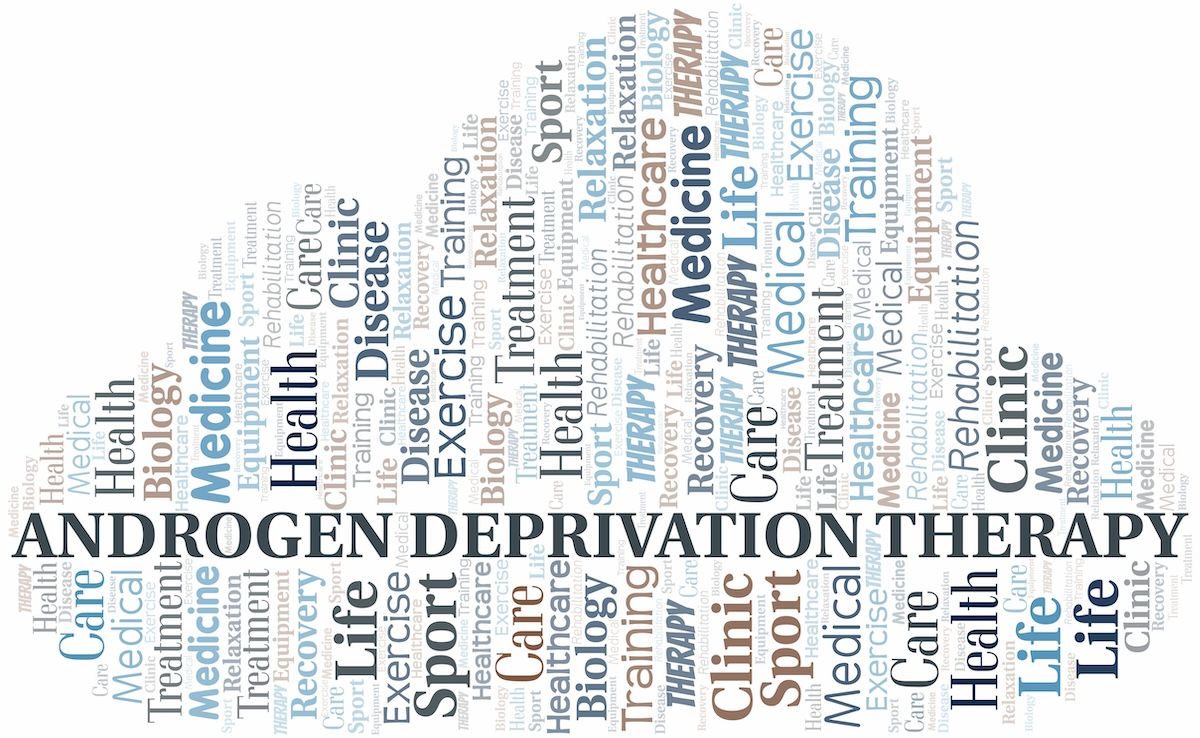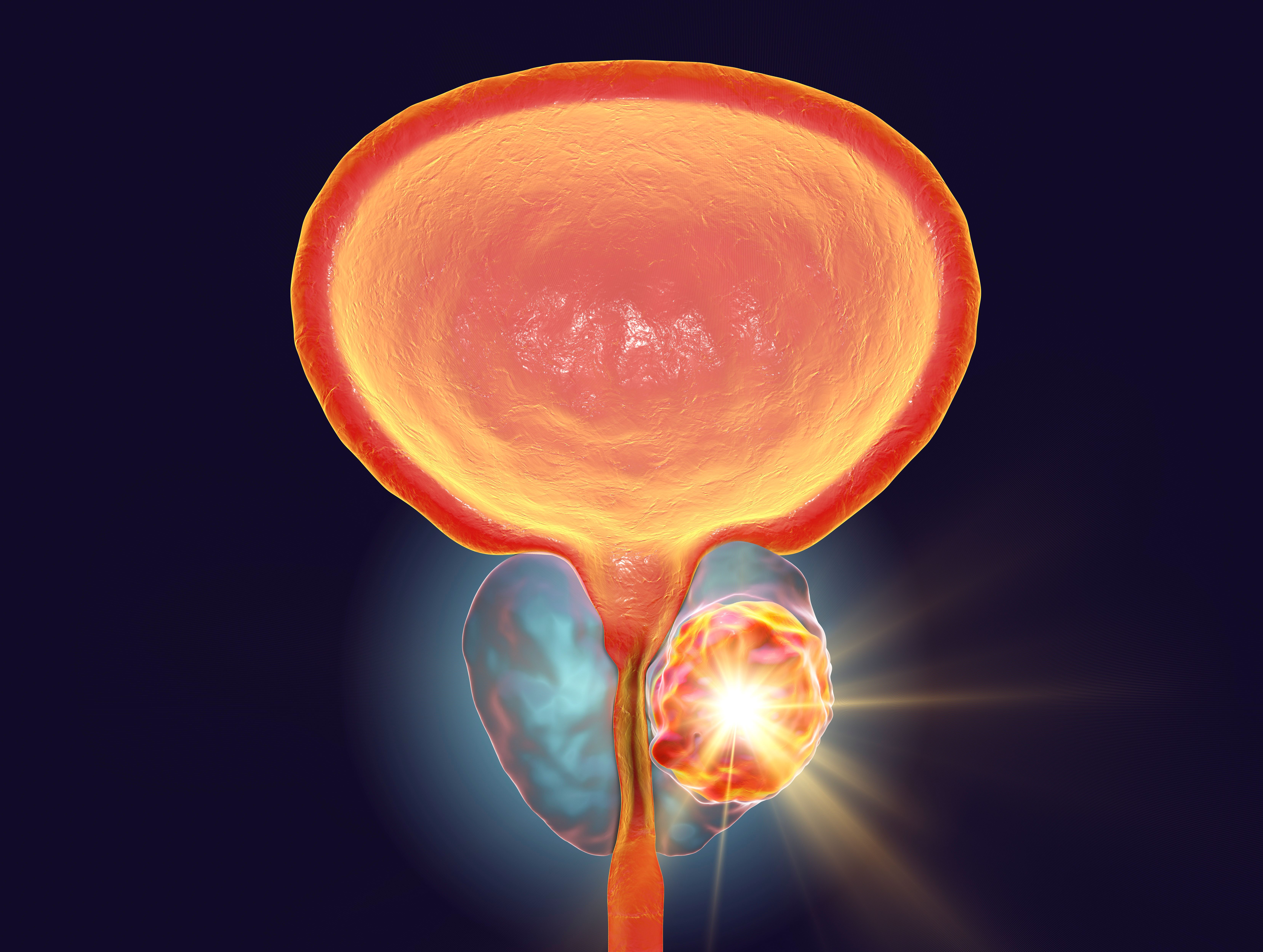Article
Certain Comorbidities May Predict Cardiovascular Event Risk After ADT for Prostate Cancer
Author(s):
The presence of certain comorbidities prior to androgen deprivation therapy (ADT) for prostate cancer may be associated with a greater risk of cardiovascular events after starting ADT, recent research found.
The presence of comorbidities ahead of androgen deprivation therapy (ADT) for prostate cancer may be associated with a greater risk of cardiovascular (CV) events after starting ADT, according to an abstract presented at the 2023 American Urological Association Annual Meeting and published in The Journal of Urology.
An assessment of CV risk prior to initiating ADT for prostate cancer is recommended by the American Heart Association, as ADT has been associated with a greater risk of CV event occurrence. However, there is currently no standard recommended evaluation and management strategy.
Past research has explored the potential of a baseline score aggregating multiple risk factors, and the current study assessed whether diabetes, hypertension, hyperlipidemia, or their co-occurrences could predict the likelihood of a CV event in patients with prostate cancer who are starting treatment with ADT.
Researchers used a US claims database to identify men who were diagnosed with prostate cancer and treated with ADT between 2010 and 2019, with first ADT claim being the index date. Patients had to be enrolled for at least 12 months prior to the index date and at least 6 months after the index date.
Hospitalization or emergency department visits that included billing codes for cerebrovascular accident, coronary bypass graft, myocardial infarction, percutaneous coronary intervention, thrombosis, and/or unstable angina were encompassed in the definition of a CV event in the study. International Classification of Diseases (ICD)-9/10 or Current Procedural Terminology (CPT) codes were included.
The time to first CV event after the index date was analyzed with a Cox regression model factoring in diabetes, hypertension, and hyperlipidemia. This determined whether a patient having 1, 2, or 3 of these comorbidities as mutually exclusive groups before starting ADT was associated with an increased CV event risk. The analysis included CV events up to 3 years after the start of ADT.
A total of 10,530 men with prostate cancer treated with ADT were included in the study, and 934 (8.87%) experienced a CV event after initiating ADT.
The highest risk of CVs was seen in patients who had all 3 comorbidities vs patients with none of the comorbidities (HR, 2.15; 95% CI, 1.73-2.68; P < .001). Patients with 2 comorbidities were also at an increased risk of CV events (HR, 1.36; 95% CI, 1.13-1.63; P < .001). However, patients who had just 1 of the comorbidities were not at a significantly greater risk of a CV event compared with patients who had none of the comorbidities.
The findings suggest that in men with prostate cancer initiating ADT, the presence of diabetes, hypertension, or hyperlipidemia at baseline may be predictive of CV event risk after ADT initiation.
“Evaluating for presence of these frequent comorbidities could provide a simple, readily available framework for health care providers to identify patients with prostate cancer at greatest risk for CV events when starting on ADT,” the authors concluded.
Reference
Sieber P, Fallick M, Pruett J, et al. Diabetes, hypertension, and hyperlipidemia in patients with prostate cancer may predict risk of cardiovascular events after initiating ADT. Abstract presented at: American Urological Association Annual Meeting; April 28-May 1, 2023; Chicago, IL. Accessed May 3, 2023. https://www.auajournals.org/doi/10.1097/JU.0000000000003217.07

The Impact of ADT for Prostate Cancer on Survival and Patient Well-Being

Cabozantinib Plus Atezolizumab Significantly Improves PFS in Metastatic CRPC



